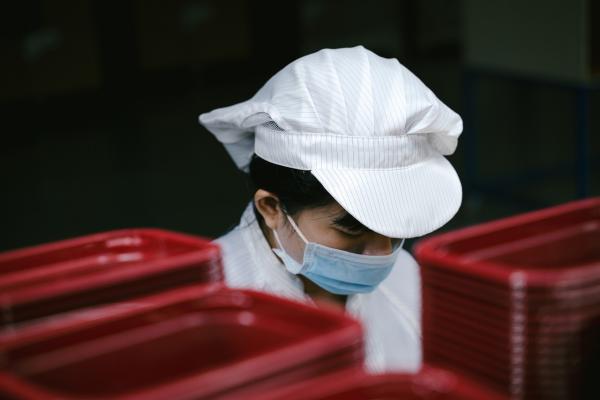Even the casual New Yorker is aware that Asians seem to wear masks covering their mouth and nose in greater numbers than other groups. That behavior was true prior to COVID and has persisted. The common narrative is that mask use reflects both regulatory status and cultural factors. A recent study in the International Journal of Disaster Risk Reduction sought to understand the factors among the Japanese.
Possible Factors
“Social pressure in Japan, state pressure in China, and politically-based individual choices in the United States were identified as important factors in mask usage during COVID-19.”
- Mandated required use – Across countries, mask mandates ranged from none to recommendation to required in some or all public places.
- Socioeconomic cultural factors – including “contextual factors (e.g., confidence in science), socioeconomic position (e.g., annual income), and intermediary determinants (e.g., social norms).” Another factor is the tension between “collectivism” vs. infringing upon personal freedom to respond to population threats. Some studies have suggested that risk perception is entwined with collectivist feelings, the “we are all in this together” or “let’s protect grandma feelings.” [1]
What’s Going On?
To understand what might be driving mask use in Japan, the researchers conducted two online surveys among individuals aged 20–69 years living in Japan. The first survey was conducted shortly after the use of masks in Japan was made a personal decision; the second was two months later. [2] The roughly 290 individuals completing both surveys represent the dataset.
Mask mandates were not in effect during the survey, so the high mask utilization was not a regulatory issue. The survey asked about socioeconomic and cultural factors previously identified as important in deciding whether to wear masks. They included:
● Severity: Do you think your disease condition would be serious if you had COVID-19?
● Protection: Do you think wearing a mask will keep you from infection?
● Prevention: Do you think people with COVID-19 can avoid infecting others by wearing masks?
● Norm: When you see other people wearing masks, do you think you should wear one?
● Relief: Do you think that you can ease your anxiety by wearing a mask?
● Impulsion: Do you think you should “do whatever you can” to avoid COVID-19?
● Information effect: When you see others wearing a mask, do you think it is good behavior to wear a mask?
● Peer pressure: Will you wear a mask to avoid being blamed by others?
The reasons to wear masks to reduce severity, provide protection, prevention or impulsion had a self-fulfilling quality. Those wearing the masks before the formal cessation of COVID mask recommendations continued wearing masks to a large extent; those who had not worn masks did not start. After all, their mask or not mask experiences confirmed their beliefs; those wearing masks found themselves protected, and those not wearing masks found themselves protected, too.
The factors associated with self-image, relief of anxiety, and following norms also played a role. Those more inclined to follow norms and to desire a sense of safety wore masks. Other studies have demonstrated that “the behavior of people in one's surroundings was more effective than information provided by medical experts for mask usage.” Again, another self-reinforcing mechanism.
Both of these driving forces, to mitigate infection to ourselves or others and to be responsive to our tribal peers, have been documented here in the US and now in Japan. What is newly noted is that these forces and subsequent behaviors are self-reinforcing. As the researchers point out, this suggests that there will be further polarization around the use of masks in the event of another epidemic or pandemic. I would argue that we are already seeing this concerning a declining interest in COVID vaccination and vaccination in general.
[1] The researchers cite evidence from a meta-analysis showing little difference in the sense of collectivism between the US and Japan, or in some instances, showing collectivism is less in Japan. Both findings contradict the communality of Asian culture compared to the individualism of the West.
[2] “On February 25, 2020, the government's basic policy requested citizens to use masks outdoors, and on November 19, 2021, the same basic policy was revised to recommend mask usage indoors when individuals were unable to maintain a physical distance from others or during conversation, and outdoors during conversation without maintenance of physical distance. This revised recommendation continued until March 13, 2023, when masking was officially left to personal decision.”
Source: Bi-directional associations between mask usage and beliefs about reasons for masking before and after the downgrading of the legal status of COVID-19 in Japan: A longitudinal study International Journal of Disaster Risk Reduction DOI: 10.1016/j.ijdrr.2023.104072




